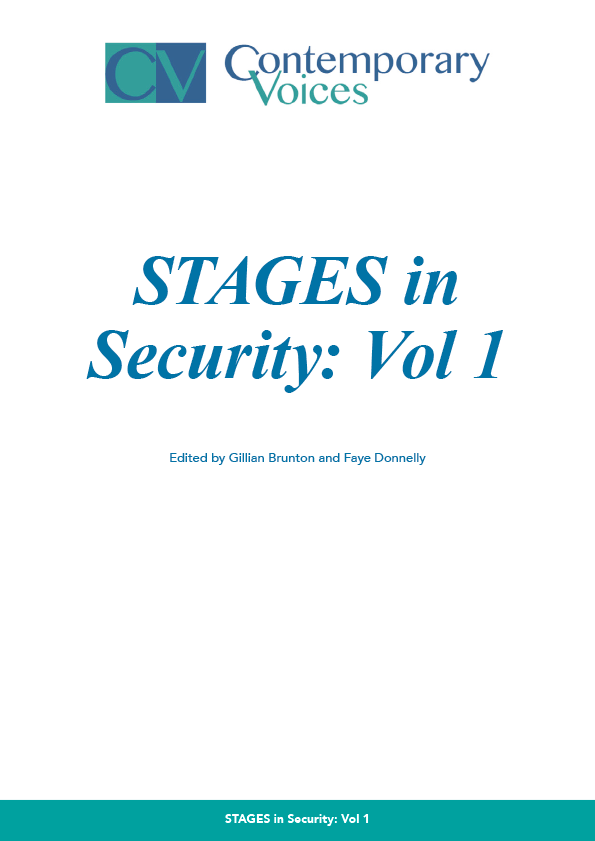Spaces of desecuritisation: understanding changing audiences within desecuritisation
DOI:
https://doi.org/10.15664/jtr.1553Keywords:
Securitisation Theory, Desecuritisation, Audience, Desecuritisation Strategies, Space, Everyday, Contestation, Israel-Palestine ConflictAbstract
Securitisation theory is at the centre of understanding how an issue becomes accepted as a threat. A concept that has received considerably less attention is “desecuritisation”, the withdrawal of securitisation. This article examines the audience in different types of desecuritisation strategies, where a more comprehensive understanding of the audience is lacking. In considering multiple spaces of desecuritisation, this article focuses on the audience’s active role in enabling desecuritisation and, as a result, develops a more comprehensive understanding of the audience. In this way, this article suggests a more thorough theoretical understanding of one of the fundamental puzzles within desecuritisation: how and when desecuritisation occurs. The theoretical development concerning the audience is conducted through engaging with a wide range of theories on spatiality, the everyday and the broader critical field of securitisation theory. Instead of what has previously been the case, where the audience was thought of as a passive, static and binary receiver of a (de)securitisation move, the audience in this article is theorised as changing and dynamic. This view of the audience has implications for securitisation theory in general, and for desecuritisation theory in particular. Envisioning the audience as an active part in shaping the conditions of desecuritisation provides a theoretical understanding of how securitisation’s logic of particularisation, the distinctive separation between threat and referent object, can be loosened and, eventually, abandoned. Ultimately, this article contributes to the literature on desecuritisation by refocusing attention on the audience and theorising it as an important and enabling actor in the interactive game of desecuritisation.
Downloads
Published
Issue
Section
License
Copyright (c) 2022 The Author(s)Authors who publish with this journal agree to the following terms:
- Authors retain copyright and grant the journal right of first publication with the work simultaneously licensed under a Creative Commons Attribution License that allows others to share the work with an acknowledgement of the work's authorship and initial publication in this journal
- Authors are able to enter into separate, additional contractual arrangements for the non-exclusive distribution of the journal's published version of the work (e.g., post it to an institutional repository or publish it in a book), with an acknowledgement of its initial publication in this journal.
- Authors are permitted and encouraged to post their work online (e.g., in institutional repositories or on their website) prior to and during the submission process, as it can lead to productive exchanges, as well as earlier and greater citation of published work (See The Effect of Open Access).


